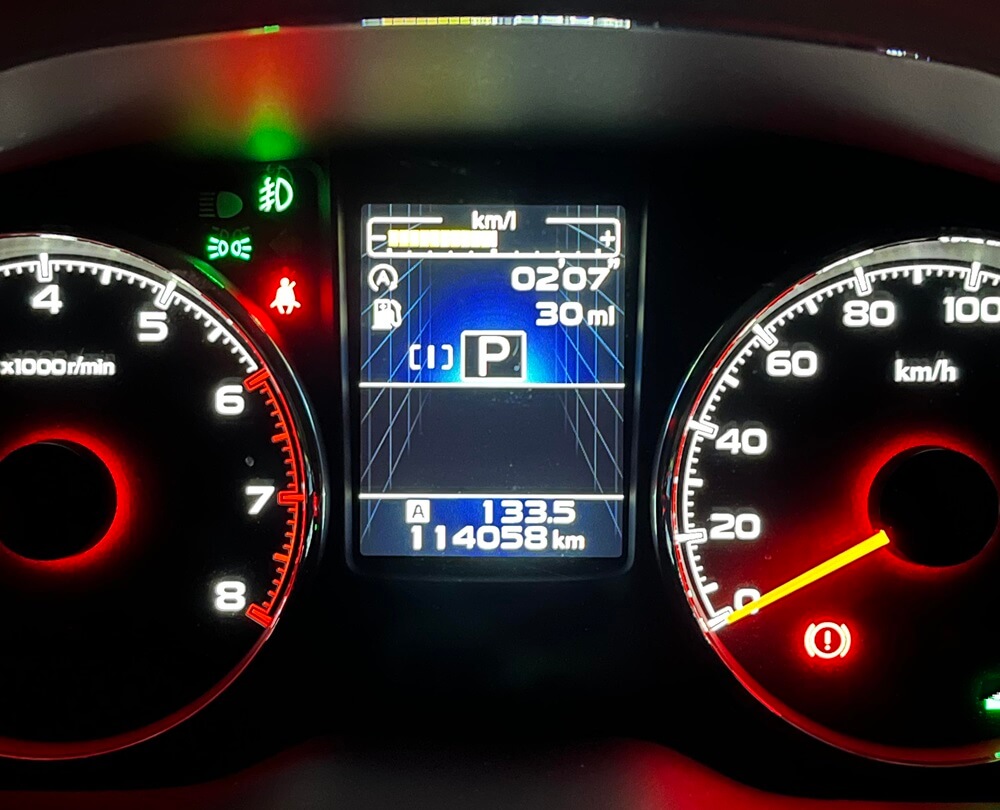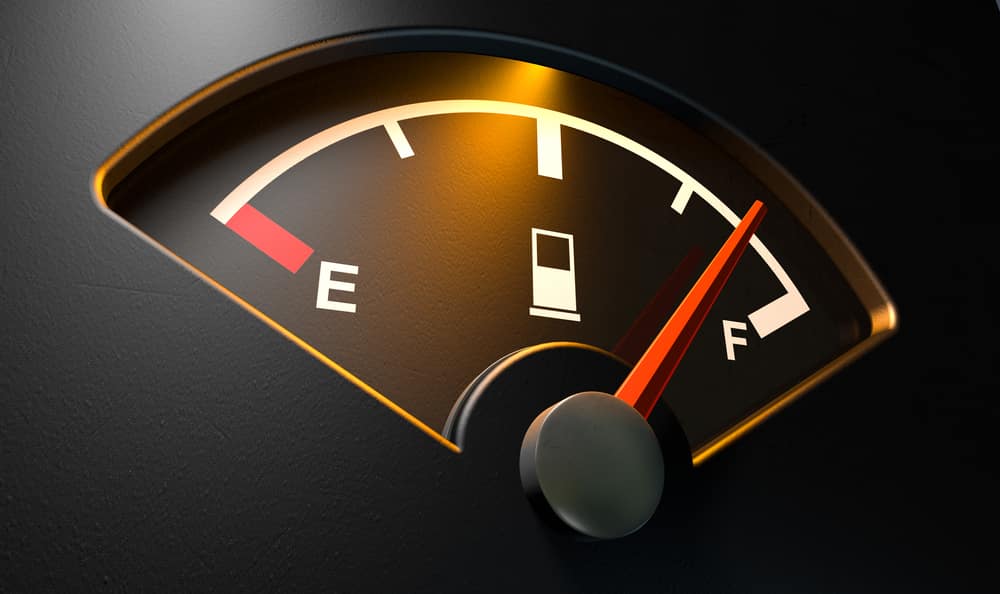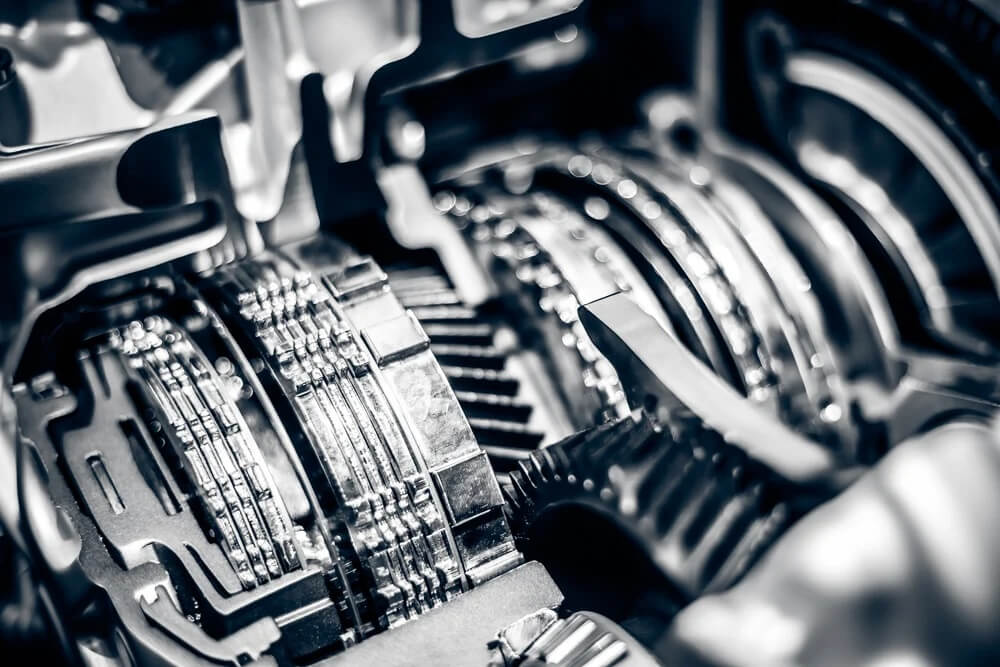Do you see an “A” inside a circle button on your dashboard or center console? It might look odd at first, but the symbol signifies an invaluable feature that boosts fuel economy and lowers vehicle emissions.
If this is your first time noticing the “A” in a circle in your car and you wonder what it could mean, this write-up has you covered.
In this guide, I will explore the meaning of the “A” in a circle, the benefits of the technology, common issues that arise with it, and some troubleshooting techniques to address those issues. I will also walk you through some preventative maintenance practices for best performance.
What Does The “A” In a Circle Mean?
When it comes to vehicles, it’s usual to keep wondering about one thing or the other, primarily if you have never dealt with things on your own before.

As far as the “A” in a circle in your car is concerned, it stands for the Automatic Start/Stop engine button. A vehicle with an “A” in a circle has an automatic engine start/stop function, which means the moment you stop your car, the engine will shut off on its own.
The automatic engine start/stop function stops the car’s engine whenever the brakes are applied to save up on the power and fuel. When you remove your foot from the brake, however, the engine quickly restarts without issue, allowing for a smooth driving experience – saving fuel while decreasing emissions to help create a cleaner environment.
The engine stop-start systems are designed to function smoothly and seamlessly, with minor disturbance to the user’s experience. When you let go of the brakes, the engine speedily restarts with no pause or shake, and some drivers might not even notice the switch on/off of the car engine.
Additionally, some cars offer features that can be temporarily turned off by pressing an “A” in a circle button on their dashboard or within settings, making this feature invaluable in extreme weather or when towing trailers.
This feature works for both automatic transmission vehicles and hybrid powertrain vehicles – proven especially popular.
Be mindful that repeatedly restarting your engine puts added strain on the battery and starter motor, potentially hastening their wear and tear over time.
Most automobiles equipped with this feature usually have strong components capable of withstanding these additional demands; nevertheless, to extend its longevity as much as possible, maintenance plans recommended by manufacturers must be followed.
What Are The Benefits Of The Automatic Engine Stop-Start Button?
Almost all the components and features automobiles come equipped with serve a purpose, and the automatic engine stop-start button is no exception. It also has multiple benefits beyond simply decreasing fuel consumption in traffic jams.
Here, I have reviewed some of the primary benefits this feature offers.
- Enhanced Fuel Efficiency
By temporarily stopping your engine whenever approaching an intersection or stoplight, this technology can reduce fuel consumption by up to 10%, depending on car and driving conditions.

Note: Sometimes the vehicles also stop to save battery and enhance fuel efficiency.
- Reduced Emissions
Stopping and starting your car’s engine releases more greenhouse gasses than running continuously; however, turning it off at short stops significantly decreases these gasses, contributing to improved air quality.
- Prolonged Engine Life
Driving frequently can put undue strain on components that make up traditional combustion engines, such as pistons and spark plugs, over time, shortening their lifespan significantly.

Installing a stop-start system into your car’s engine can protect it against starting and stopping regularly and extend its lifespan by protecting individual components from wear and tear.
What Are The Common Issues With the Automatic Engine Stop-Start System?
Automatic Stop-Start technology was designed to enhance driving experiences but may become vulnerable due to potential issues. Here is a breakdown of some of these problems for you.
- Unresponsive System
If the system is not disengaging or engaging correctly, this could happen due to malfunctioning software, faulty sensors, or other problems within your vehicle’s electrical system.
- Frequent Engine Stalling
Sometimes, when the car’s system gets activated, engine stalling occurs, causing discomfort during the driving experience. This could stem from throttle control issues, broken starter motors, or improper fuel delivery systems.
- Uneven Transmission After Restarting /Stopping
Restarting an engine quickly after stopping could indicate something amiss with its system, components (starter/battery combo), or transmission control module control system – such as a dying starter or weak battery supply not having sufficient juice to enable immediate engine restart.
Faulty transmission control modules may cause delays when engaging the transmission, leading to unnecessary delays.
Note: Check out this guide to learn about resetting the transmission control modules in your vehicle.
- False or Unintended Activation
Sometimes, the system may intervene unnecessarily by cutting power when needed – for instance, when driving on uneven terrain with steep inclines due to an issue with logic or speed sensor. In these instances, however, engine stopping would normally continue regardless.
However, sometimes the system could activate during unexpected circumstances, like short stops while driving along slopes due to incompatibilities between vehicle sensors and controller or issues with the brake pedal.
How to Troubleshoot Issues With The Automatic Engine Stop-Start Button?
If the Automatic stop-start system of your car has developed any problems, here are a few suggestions to address it.
- Consult Owner’s Manual
Begin by reviewing your owner’s manual to learn more about the precise functions and restrictions of the Automatic Stop-Start System in your car. Certain issues might arise depending on the model year.
- Temporarily Disable the System
If you’re experiencing problems, pressing the A button could temporarily turn off your system for an uninterrupted drive. Remember, though, that disabling could reduce fuel efficiency and increase emissions levels.
- Seek Professional Help
Consulting an experienced mechanic may help identify the problem if the issue persists. Get your vehicle checked to spot the problem and get it fixed.
Conclusion
With this, the guide on “What Does the “A” in a Circle Mean in a Car?” ends. Modern technologies like an “A” in a circle (Automatic Engine Stop-Start System) installed into cars are designed to simplify life for users. However, understanding how to activate and deactivate devices based on individual preference is crucial to unlocking their full benefits and avoiding unpleasant driving surprises.
Hopefully, this guide has answered all your questions, and you will be better off with the functioning of the “A” button in your car from now on.


![[ANSWERED] What Does The “A” In a Circle Mean In A Car? All You Need to Know! "A" In a Circle Mean In A Car](https://carstale.com/wp-content/uploads/a-in-a-circle-mean-1024x457.jpg)